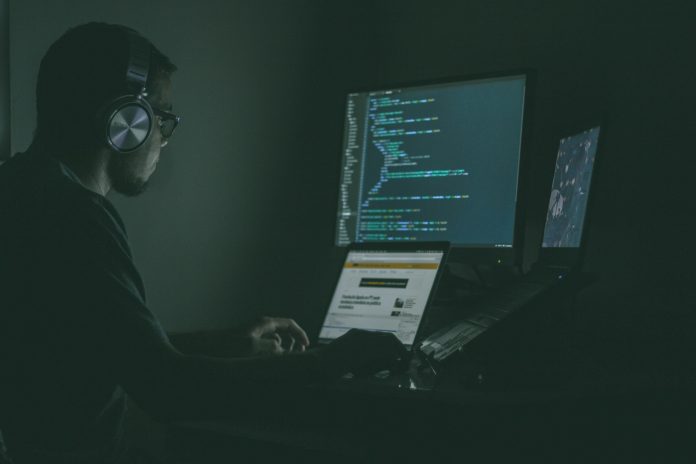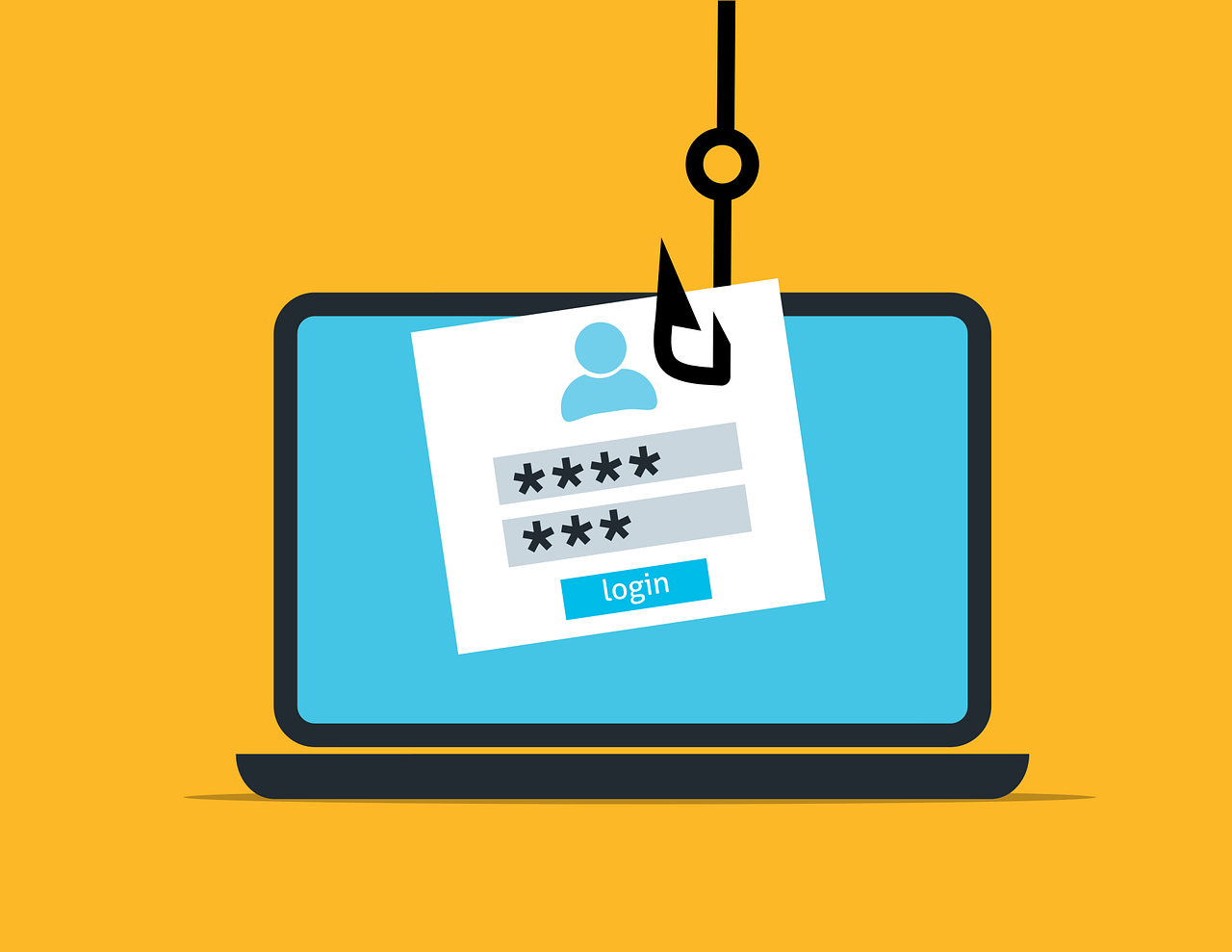Companies need to constantly innovate to stay ahead of the latest digital threats. What role does idea management software play in cybersecurity? Find out here.
The world of cybersecurity is constantly evolving. Attackers are changing tactics, and a defense that looked solid a year ago can already feel outdated. Companies don’t have the option of standing still. To stay safe, they need new ideas flowing in all the time.
Table of Contents
Turning Ideas Into Action
Security teams generate plenty of suggestions. Some focus on plugging holes in current defenses. Others suggest big leaps, like new ways of monitoring or training. The challenge is keeping track of it all. Too often, ideas are lost in chat threads or forgotten after a meeting.
An enterprise idea management tool gives companies a way to collect, review, and prioritize these ideas. With structure in place, good suggestions don’t fade away. They can be tested and put to work.
Responding Faster
Cyber threats don’t wait for quarterly reviews. A phishing attack or zero-day exploit can spread in hours. If a company relies on slow approval cycles, it risks falling behind. Organized idea management shortens that gap.
Teams can log what they see, discuss options quickly, and take action before small problems escalate. That speed makes a huge difference when the threat landscape changes daily.
Drawing From Different Voices
Not every good idea comes from the security department. Developers notice coding shortcuts that might expose systems. Customer service staff see the real phishing emails that clients forward.
Finance teams track unusual transaction patterns. Collecting input from all of these groups creates a fuller picture. Attackers hunt for overlooked entry points, so using a wide lens helps seal the cracks.
Learning From Incidents
Every incident leaves a trail of lessons. Maybe a firewall held up well, but response times lagged. Maybe a phishing attempt failed, but employees were still fooled by the subject line.
Recording those observations as structured ideas turns them into reusable knowledge. The next time, teams are ready. Over time, the cycle of review and capture creates a playbook that strengthens defenses across the organization.
This process also prevents repeat mistakes. If one group spots a weakness, others can learn from it before they face the same attack. That kind of sharing makes defenses stronger than siloed reviews ever could.
Balancing Creativity and Rules
Innovation in cybersecurity has to work within limits. Regulations and customer expectations create boundaries that can’t be ignored. At the same time, sticking too closely to the rulebook can stifle fresh thinking.
Structured systems let teams weigh ideas for both compliance and creativity. The result is a balance: bold enough to keep pace with attackers, but practical enough to stay trusted.
Building a Culture That Lasts
Security often feels like a chase, with defenders always a step behind. Encouraging ongoing contributions shifts that feeling.
When employees know their suggestions are taken seriously, they share more. Slowly, innovation becomes part of the culture. Defenses evolve steadily instead of only after the latest scare.
Final Thoughts
Cybersecurity isn’t going to get simpler. Attackers will keep adapting, and defenders need to adapt faster.
By organizing how ideas are gathered and tested, companies can spot risks sooner, learn from every incident, and make sure innovation is part of the defense itself.
INTERESTING POSTS
- AI Transforming Manufacturing Innovation, Branding, and Customer Interactions
- 4 Essential Tips to Improve Home Security
- The Power of Student Networks: How to Leverage University Connections for Your Startup
- 5 Business Ideas You Can Build Without Code
- 6 Innovative TikTok Video Ideas For E-Commerce Brands
- 20 Best Cybersecurity Business Ideas For Entrepreneurs
About the Author:
Christian Schmitz is a professional journalist and editor at SecureBlitz.com. He has a keen eye for the ever-changing cybersecurity industry and is passionate about spreading awareness of the industry's latest trends. Before joining SecureBlitz, Christian worked as a journalist for a local community newspaper in Nuremberg. Through his years of experience, Christian has developed a sharp eye for detail, an acute understanding of the cybersecurity industry, and an unwavering commitment to delivering accurate and up-to-date information.







